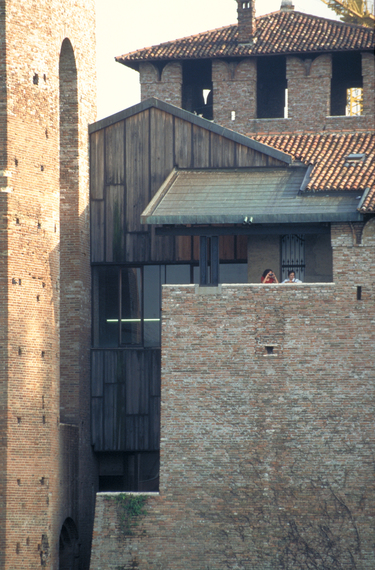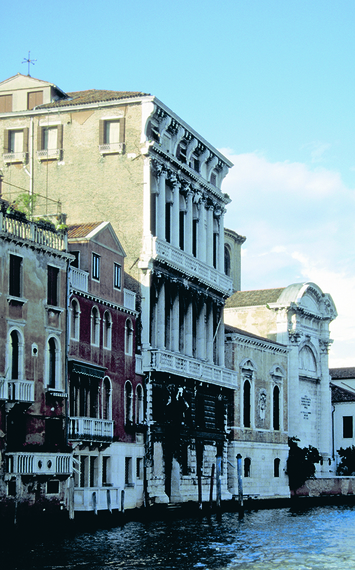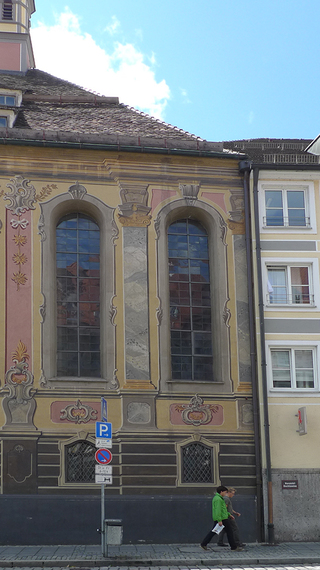A dissertation inspired by Italian architect Carlo Scarpa's complex layering of materials has morphed into a book for Anne-Catrin Schultz.
Before that, it launched her career.
"I did my dissertation at the University of Stuttgart, then was invited to MIT to research the concept of layering by Scarpa," the German native says.
She taught for a time in California, then came back east for a job at Wentworth Institute of Technology in Boston. What's triggered the entire oeuvre is her desire to look at layering in architecture for what it is. "I'm not trying to come up with a theory -- but it's an attempt to find a way to explain the meaning of layering," she says.
In Scarpa's case, that means looking at how he worked with the old and new, bringing together historic spaces, adding elements to them and creating designs that reverberate with multiple meanings.
"It was like trying to decode poetry," she says. "What's fascinating is that all these things can be read simultaneously."
Her research led her to archives of lectures that Scarpa delivered -- he wrote very little for publication -- and to the artisans and professionals he worked with, especially in Venice, where she lived for a year.
"This is an attempt to read the stories known through the Italian culture, and knowing his regional background," she says. "I interviewed all the craftspeople he worked with -- there was all that regional influence, and he was incredibly well-informed."
And she made a number of trips to Venice to study the buildings and meet the former collaborators and scholars who were willing to talk about how he worked. At the Querini Stampalia Foundation, she was asked to do a study of a space in its library -- one that had been flooded and which Scarpa had made inviting to the community.
"The strategy was new surfaces, to create a pavement that was a basin -- a mosaic. This new layer moved through the entire ground floor to exhibit space to garden space -- a courtyard and a water basin," she says. "It was a material layer articulating the story of Venice with a small canal -- its material layering of walls and floors and Venice being discussed -- through the use of layering."
"Carlo Scarpa: Layers" is available here
J. Michael Welton writes about architecture, art and design for national and international publications, and is editor of www.architectsandartisans.com, where portions of this post first appeared. He is also the author of "Drawing from Practice: Architects and the Meaning of Freehand" (Routledge Press, 2015).


